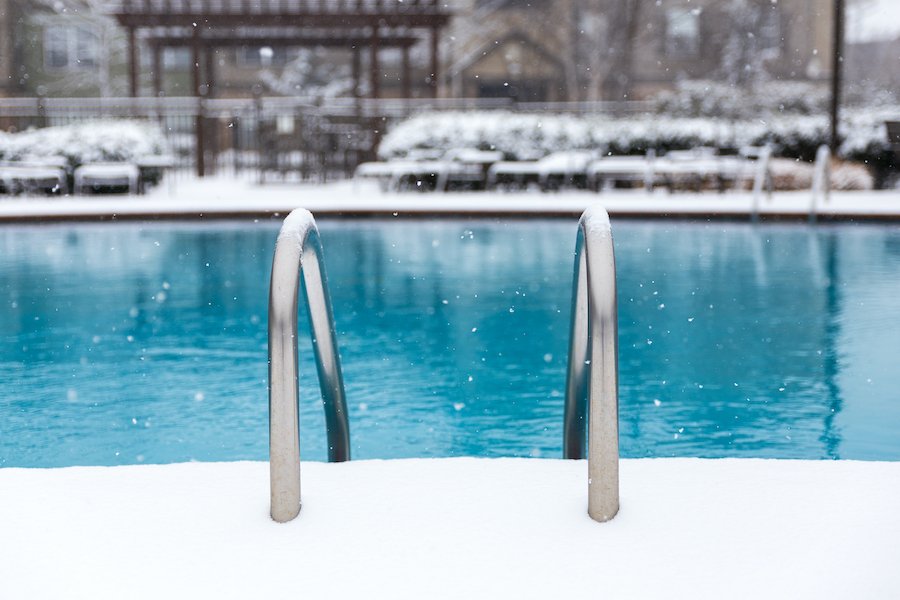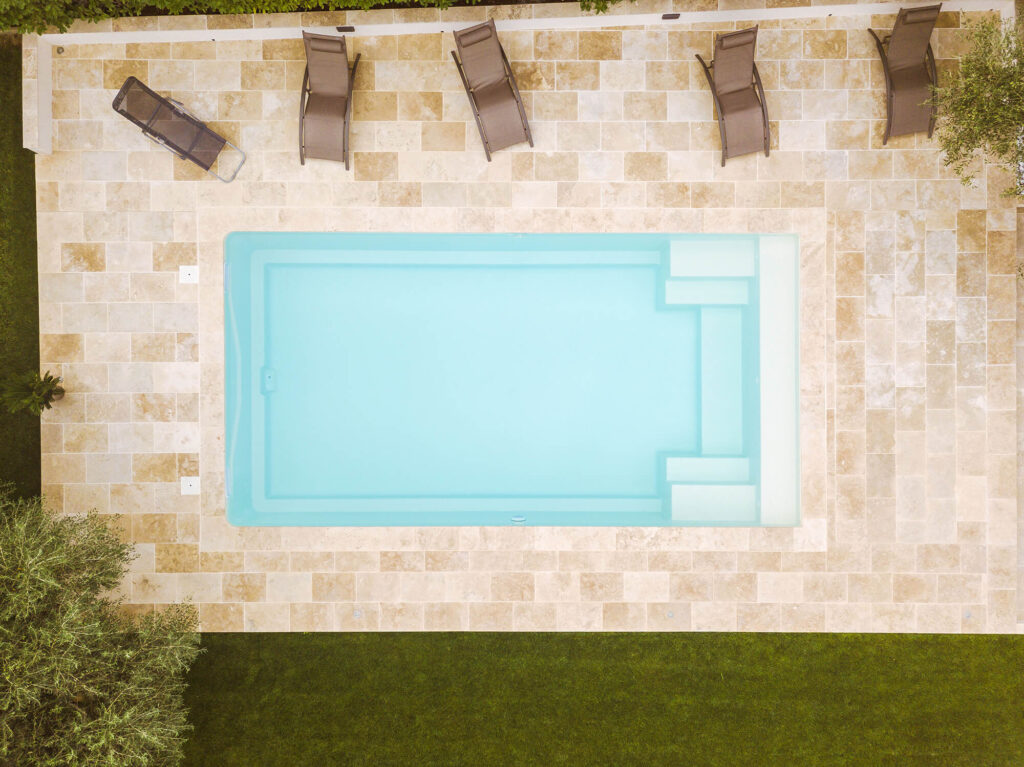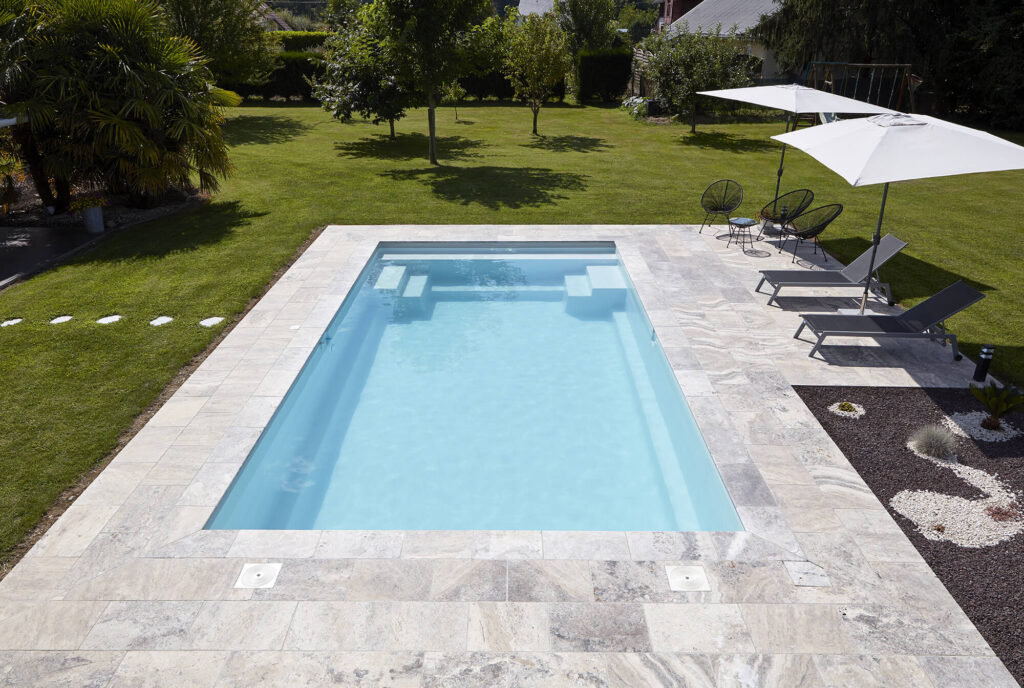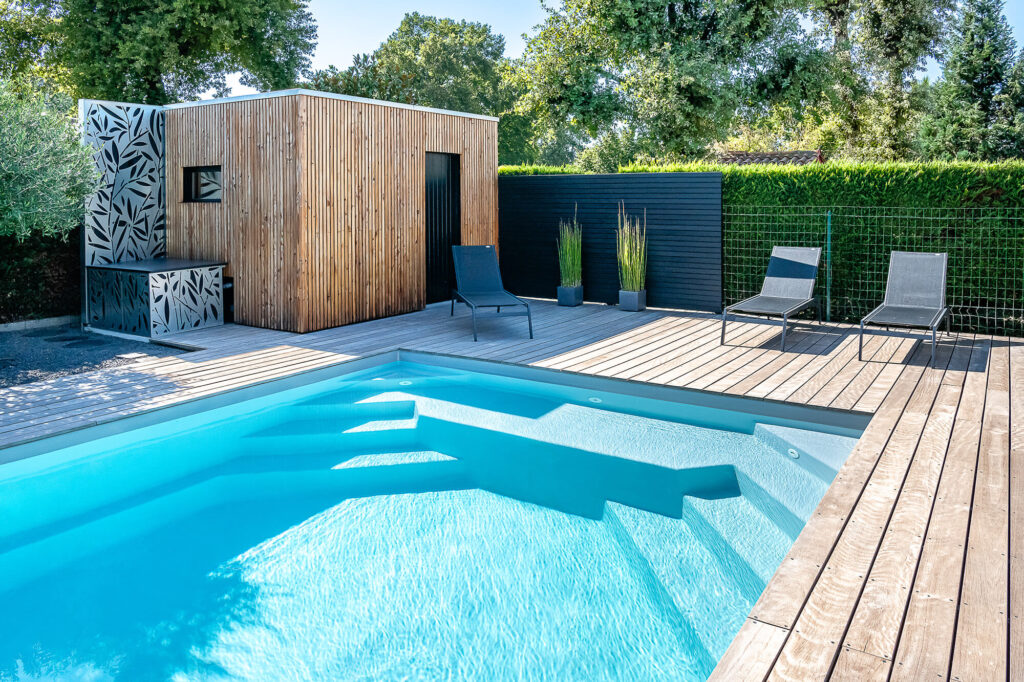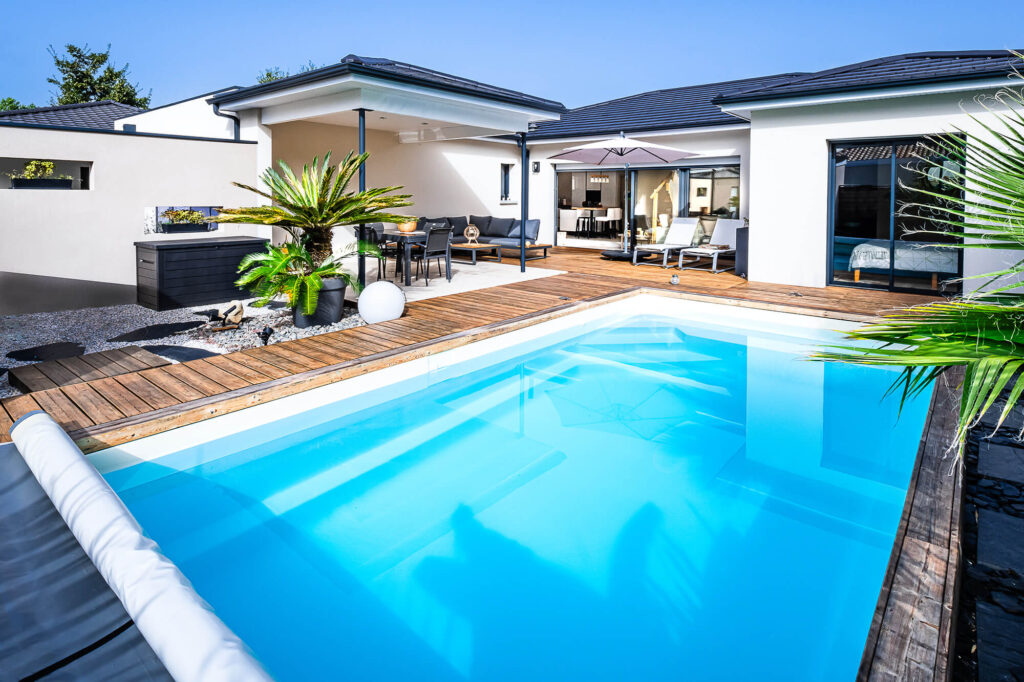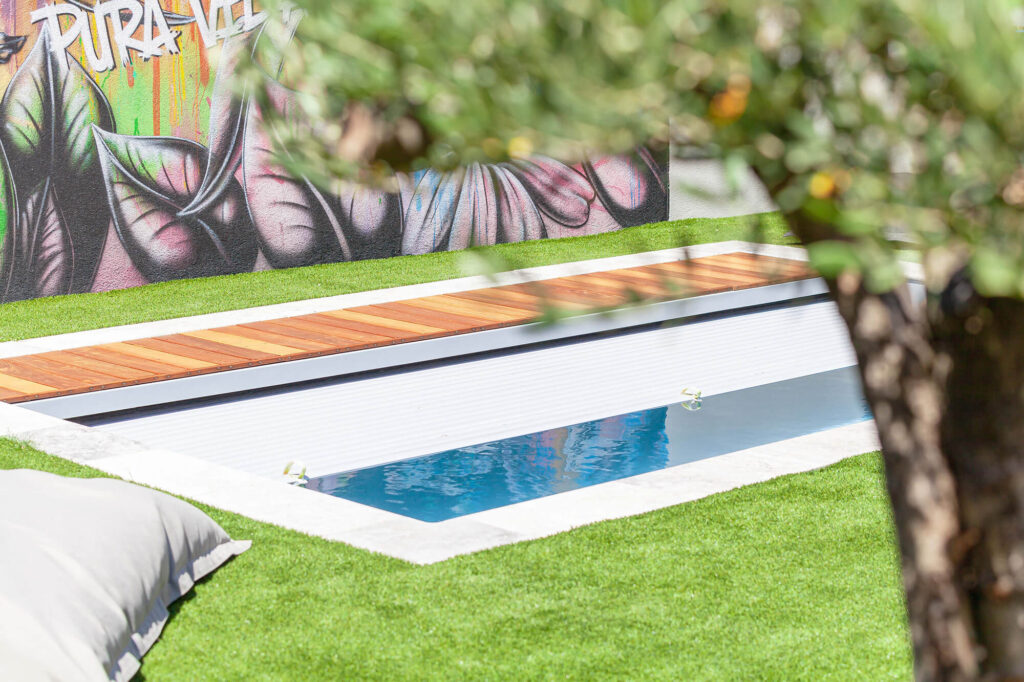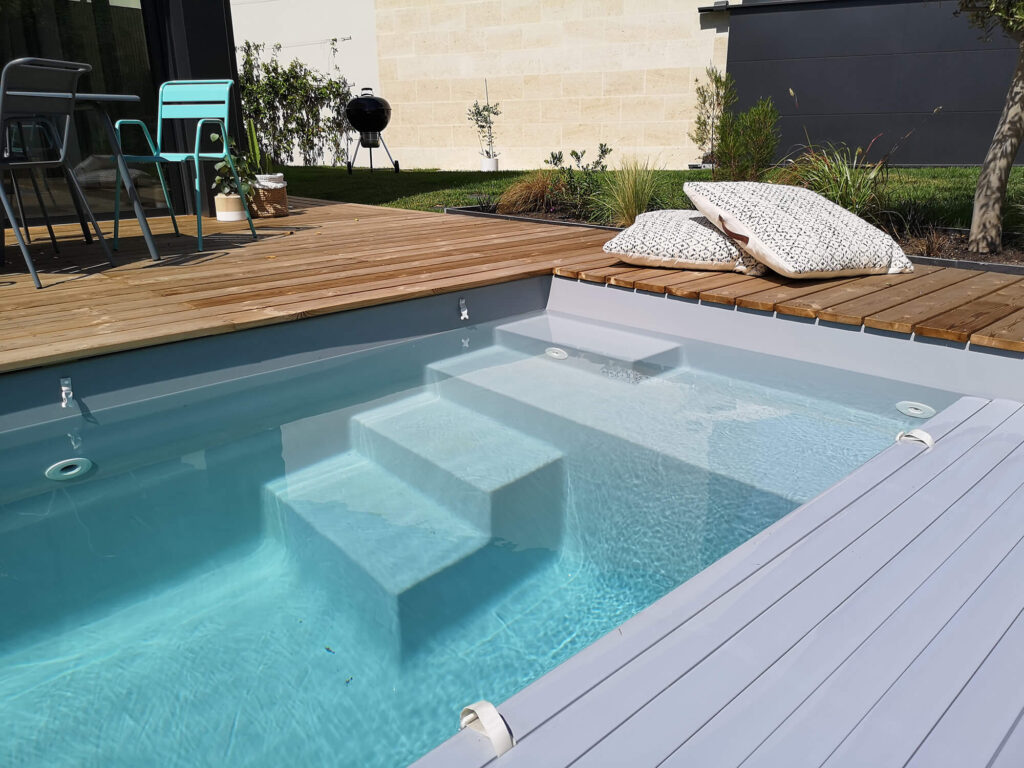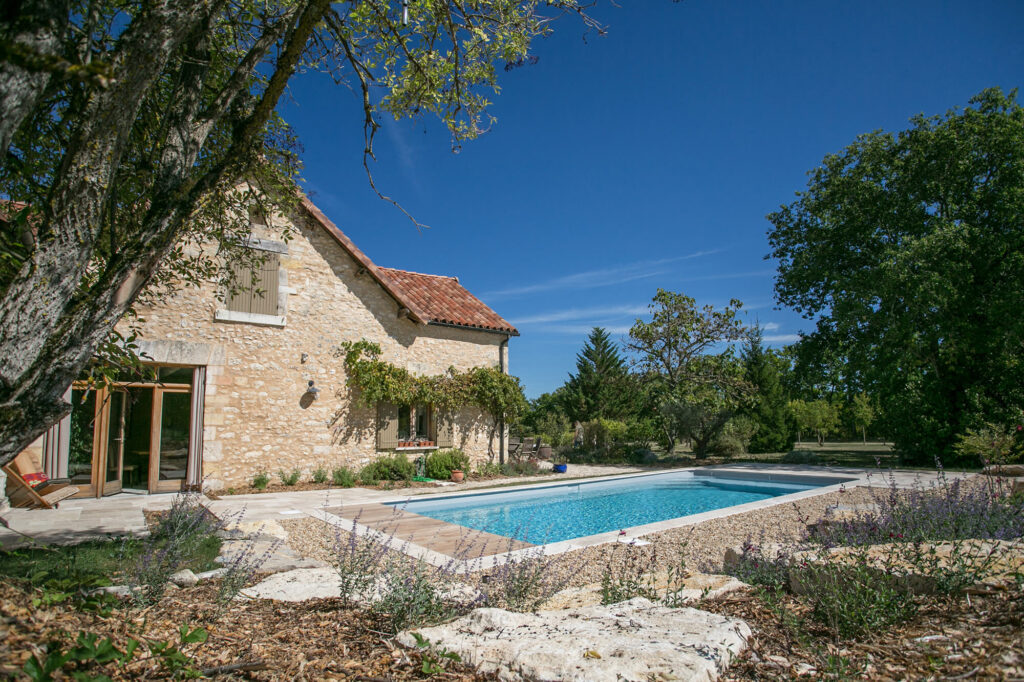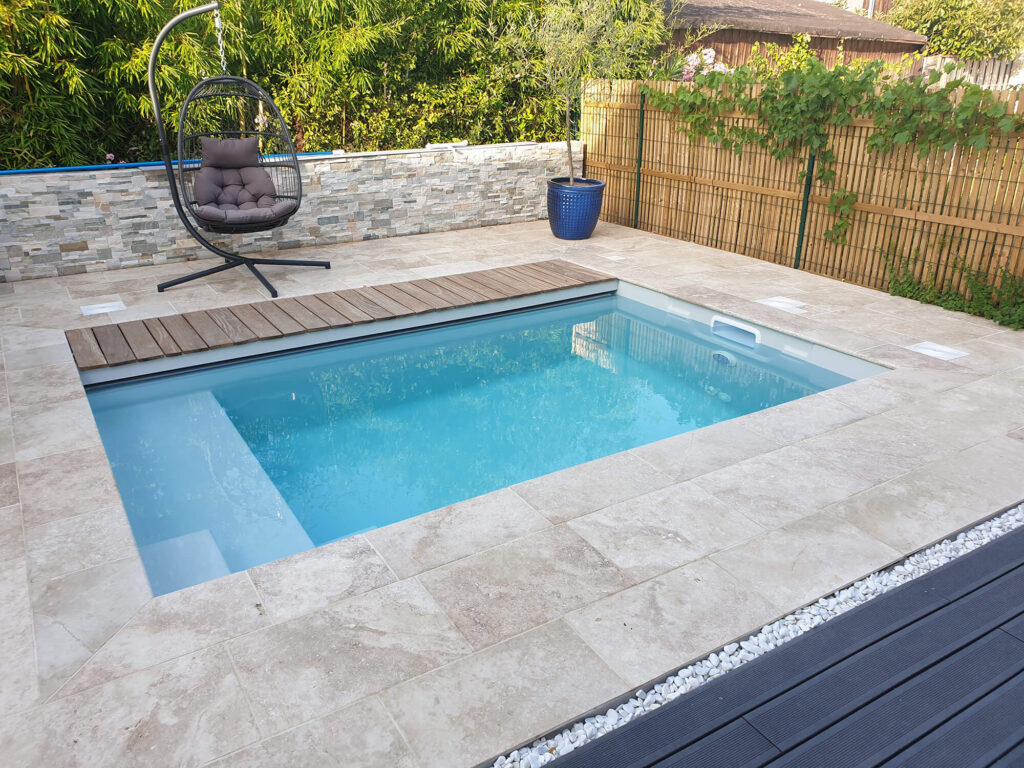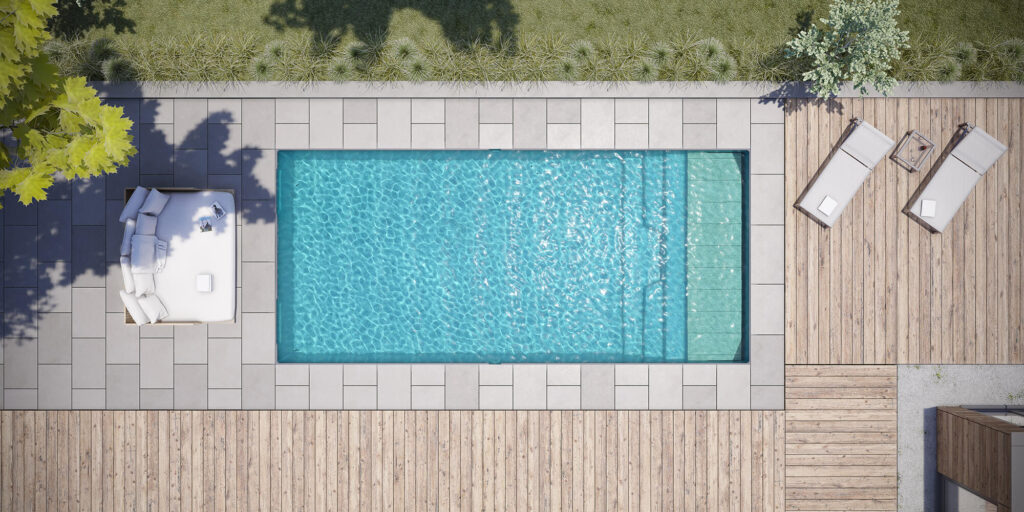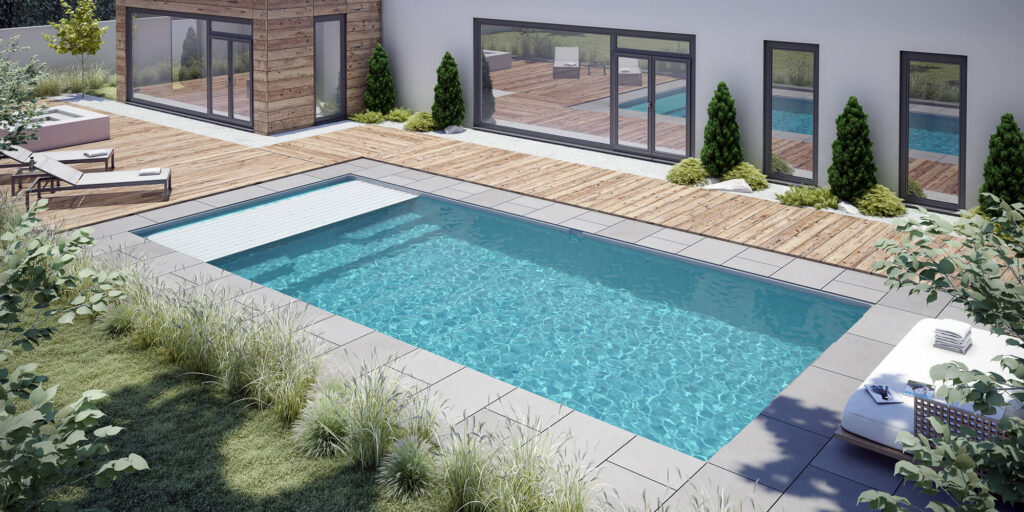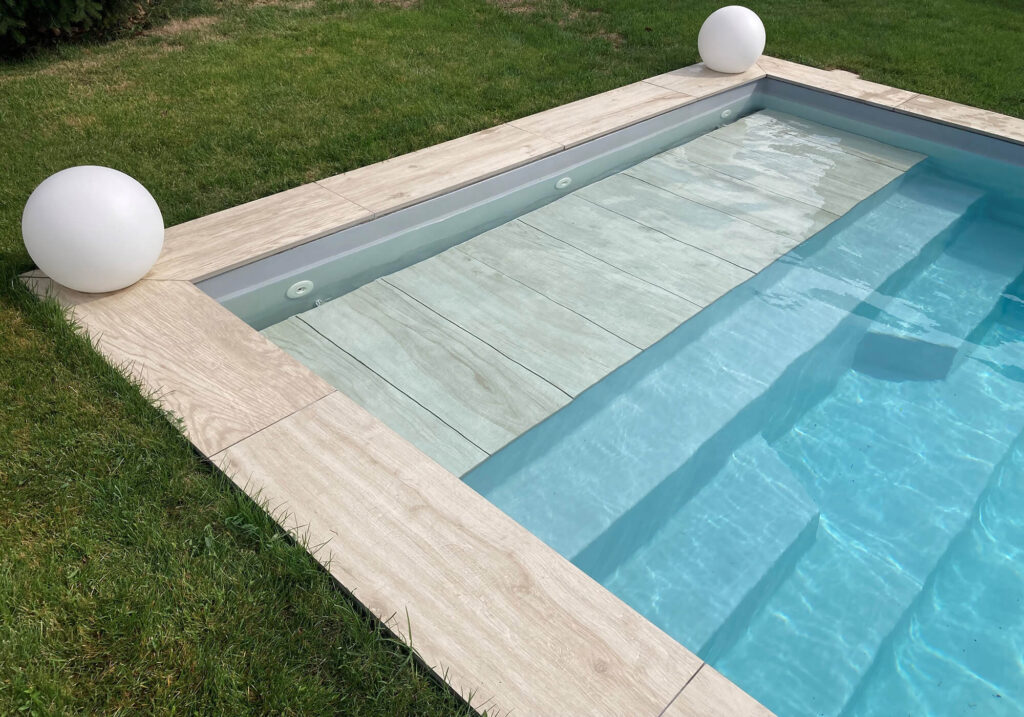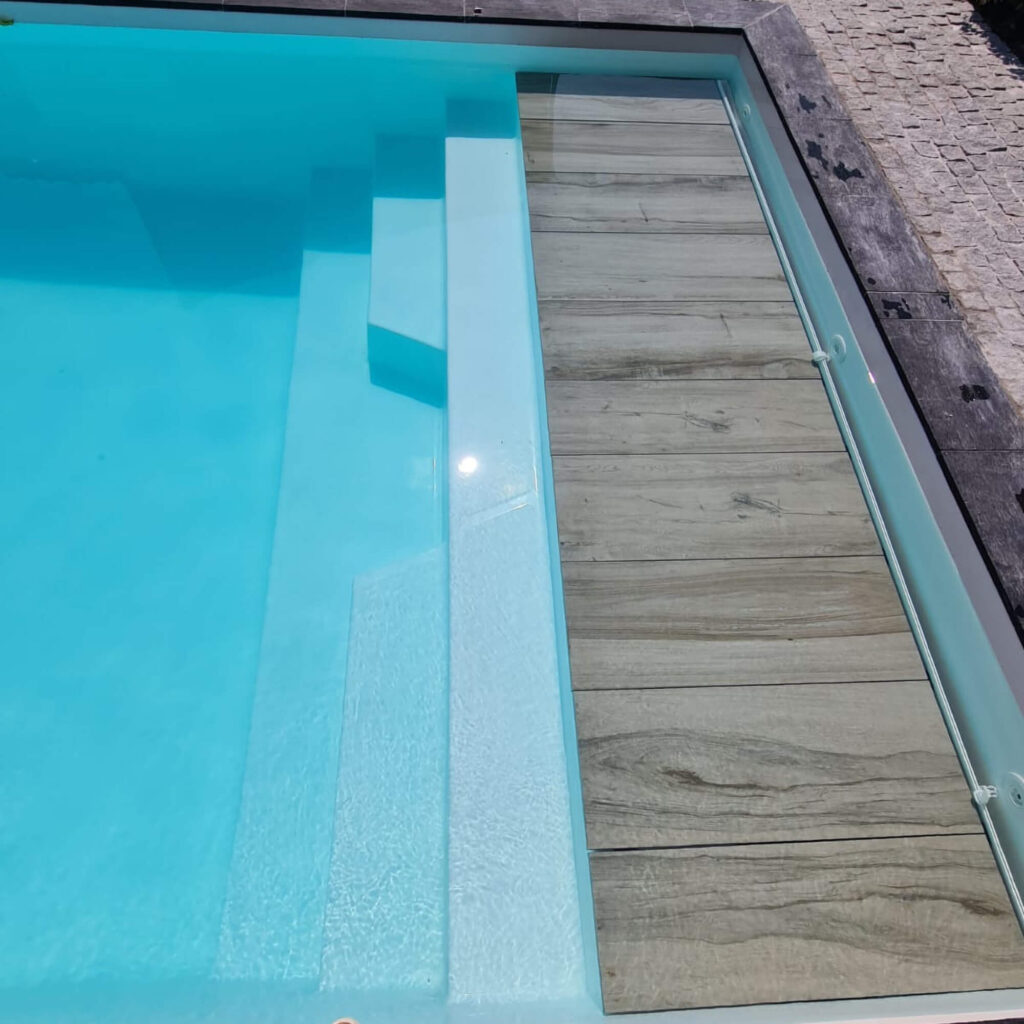Temperatures are slowly starting to drop, accompanied by rain and wind that are arriving without us having invited them... There is no doubt, autumn is well and truly here everywhere in France and winter is looming on the horizon!
No more swimming, the time has come for all owners of in-ground pools to winterize the pool and the filtration system .
But do you really know the right time to carry out this wintering? As well as the different wintering techniques?
To learn more and successfully winterize your pool this year, read on. We'll give you the best tips for winterizing your pool and making it as easy as possible to get your pool up and running in the spring.
Winterizing your inground pool: why is it important?
In the fall, but more specifically, during the winter, low temperatures can damage your pool. Indeed, frost can cause a lot of damage, especially in the filtration circuit. The goal of wintering is therefore to protect and preserve your pool and your installations, in order to facilitate its restarting as soon as the good weather returns.
But when is the right time to winterize your pool? If you do it too early, you risk developing all types of algae or micro-organisms in your pool. As a result, you end up with green pool water in the spring.
The ideal time to start winterizing your inground pool is when the temperature of the pool drops below 15°C . As soon as it stabilizes at this temperature, you can start winterizing your pool. You still need to know whether you are opting for active or passive winterizing!
In any case, never think of completely emptying the water from your pool. Without water, your pool will be subjected to external pressures, coming from your land, which could create a deformation or cracks . The complete emptying of your pool is only done over a short period of time and only as part of renovation work .
The different methods of winterizing an inground pool
-
Active wintering
The goal of this winterizing method is to slow down the filtration of your pool to just a few hours per day (usually 2 to 3 hours). Slightly more expensive than passive winterizing, it is also the simplest technique, provided you do not skip regular maintenance of your pool.
Overview of the steps to follow to successfully complete your active wintering:
- Once the water temperature has stabilized below 15°C, clean your pool (bottom, walls) and all your equipment (filter, skimmer, etc.).
- Once the cleaning is done, it's time to balance your pool water . The pH of your pool should be between 7.2 and 7.4 PPM, while the TAC should be between 150 and 200 PPM and the TH should be between 150 and 250 PPM.
- Stop the operation of other equipment, such as automatic treatment or pH regulation , and reduce the duration of your filtration.
- Although you will no longer need to treat your pool, regularly monitor the pH, TAC and TH levels to readjust as needed.
-
Passive wintering
In passive wintering , your pool is completely shut down. No more maintenance or cleaning is required. All that is required is draining the pipes to prevent the water from freezing. Since it does not require any intervention, we recommend this method in regions where winters are cold and where frost persists for several days.
Do you want to carry out passive wintering? Discover the different steps to follow before you start:
- Once the water temperature has stabilized below 15°C, completely clean your pool and each piece of equipment .
- Balance your water by taking into account the same parameters mentioned above.
- Proceed to descale your sand filter and lower the water level until it reaches 10 cm below your skimmers.
- Stop the filtration and start draining your various equipment and pipes to remove all the water present in the circuit. Put the valve of your sand filter in “wintering” mode.
- Install your wintering accessories that will protect your pool from freezing (plugs, gizzmo bottles, floats, etc.)
- Complete the process by pouring your winterizing product into your pool and then cover your pool with a blanket.
Would you like more information on winterizing your inground pool? Don't hesitate to ask our team of experts for advice or consult our winterizing guide so you don't forget anything.
Configure your pool online Back to all news